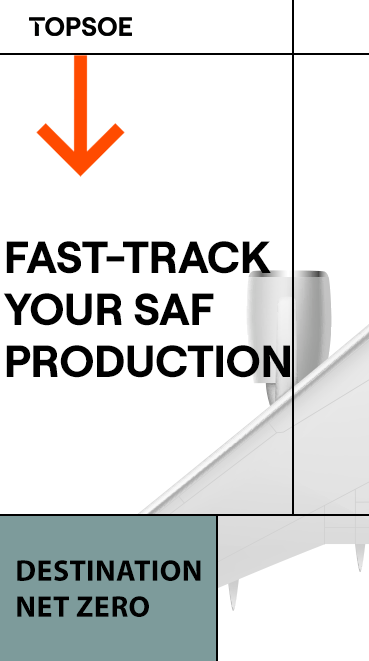Record harvest forecasts for EU soybeans, sunflower seeds
- UFOP
- Aug 4, 2021
- 2 min read

The oilseed harvest in the EU-27 could increase compared to the two previous years. The EU Commission currently estimates output for 2021 at 30.6 million metric tons. This would translate to a rise of nearly 11 percent over the extremely weak previous year. However, production would still fall about 1 percent short of the long-term average.
The projected increase in sunflower seeds is particularly sharp. The main reason is expected exceptional yields, since the sunflower hectarage was changed only marginally compared to the previous year. The recently forecast 10.8 million tons would not only be a rise of just about one fourth year-on-year, but also a record volume. Based on quantity, sunflower is the second most important oilseed crop in the EU-27. Rapeseed traditionally accounts for the largest share in oilseed output. The course was set early for a larger rapeseed harvest by a 3 percent expansion in area. However, yields fail to meet expectations due to unfavorable growing conditions. In its latest estimate, the EU Commission lowered yield prospects 1.5 percent to nearly 3.2 tons per hectare. However, this would still be up 2 percent year-on-year and 4 percent on the long-term average. In other words, the total EU rapeseed harvest in 2021 could amount to 16.9 million tons. This would be up 4 percent year-on-year.
The third most important oilseed crop is soybeans. According to Brussels, based on a 3 percent expansion in area planted and an estimated increase in yield of 8 percent, which would come very close to that of 2019, the EU soybean harvest could reach 2.9 million tons. This would mean an 11 percent rise year-on-year and the largest harvest ever in the EU-27.
In view of these yield expectations and the current very positive development of vegetable oil and oilseed meal prices, the Union zur Förderung von Oel- und Proteinpflanzen (UFOP) has underlined the improved overall profitability and importance of these crops with respect to the need to adapt crop rotations to be more climate-resilient, and as flowering plants for more biodiversity in the future. Referring to the future arrangement of the arable farming strategy of the German Ministry of Agriculture, the association has emphasized that in Germany there is still significant potential for developing and growing grain legumes to optimize the climate performance and ecosystem services associated with nitrogen fixation by these leguminous crops.






















-RKstandin.jpg)
_gif.gif)




